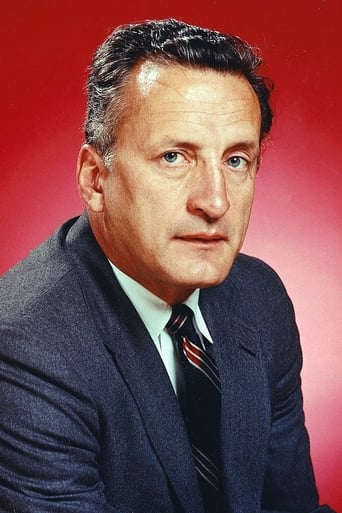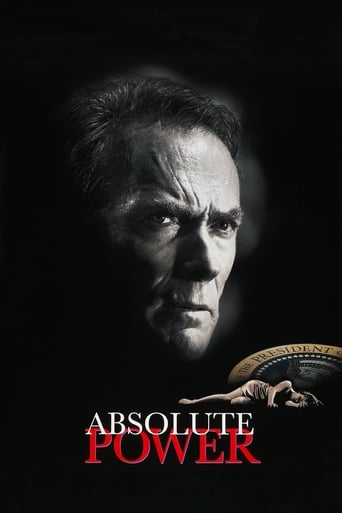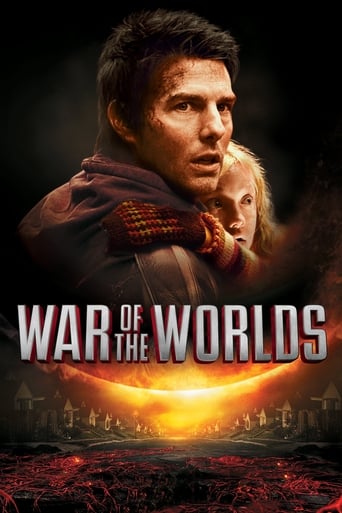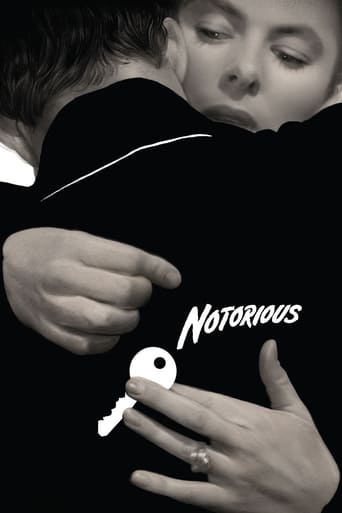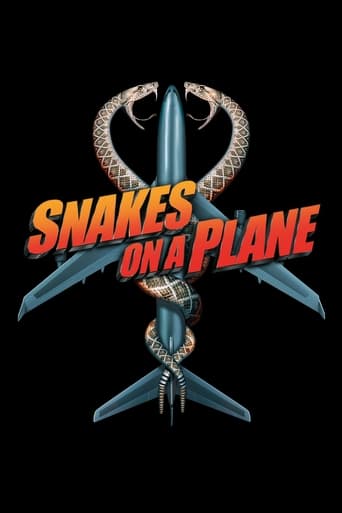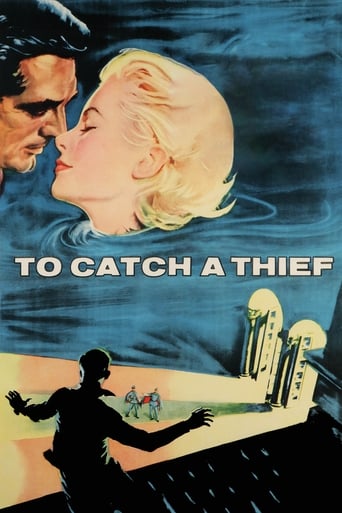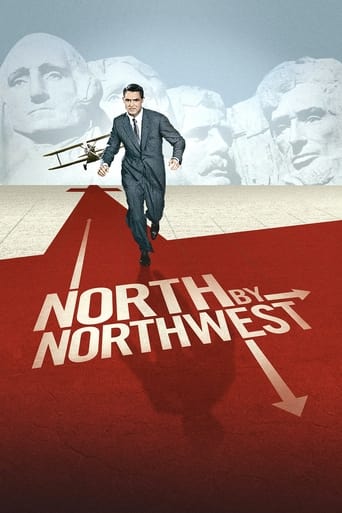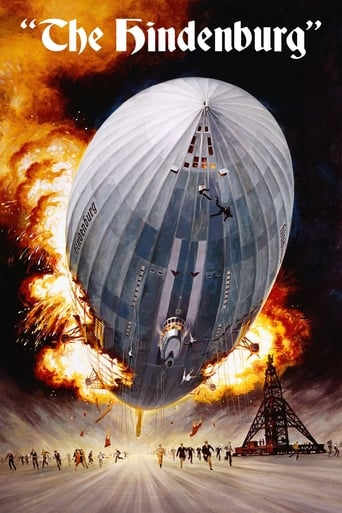

 Watch Now
Watch Now




The Hindenburg (1975)
 Watch Now
Watch Now




Colonel Franz Ritter, a former hero pilot now working for military intelligence, is assigned to the great Hindenburg airship as its chief of security. As he races against the clock to uncover a possible saboteur aboard the doomed zeppelin he finds that any of the passengers and crew could be the culprit.
Watch Trailer
Cast


Similar titles
Reviews
Simply Perfect
Pretty good movie overall. First half was nothing special but it got better as it went along.
A film with more than the usual spoiler issues. Talking about it in any detail feels akin to handing you a gift-wrapped present and saying, "I hope you like it -- It's a thriller about a diabolical secret experiment."
This movie feels like it was made purely to piss off people who want good shows
Apart from the sinking of the "Titanic", the loss of the German airship "Hindenburg" at Lakehurst, New Jersey, in 1937 was perhaps the most famous disaster of the twentieth century, so it is perhaps unsurprising that this film should have been made during the 1970s, the Golden Age of the disaster movie. There is, however, a difference between "The Hindenburg" and the standard seventies disaster flick in that it is a period piece based on a real-life disaster; most such films were set in the present day and told fictional stories.There is another difference between this film and films like "The Towering Inferno", "The Poseidon Adventure" or the various versions of the "Titanic" story. In those films the disaster happened over a longer period of time; the "Titanic", for example, took over two hours to sink after hitting the iceberg, so when James Cameron filmed the story he was able to use the second half of the movie to show the disaster as it happened, in virtually real time. The fire which destroyed the "Hindenburg", by contrast, took only a few minutes to consume the airship, and only takes up a small part of the film's running time. The film-makers, therefore, needed to come up with something else to make a full-length feature film out of the disaster.The true cause of the "Hindenburg" disaster remains unknown to this day, but the film explores the theory that the airship was destroyed as a deliberate act of sabotage by forces opposed to the Nazi regime. The main character is Franz Ritter, a Colonel in the Luftwaffe and the "Hindenburg's" security officer. Ritter discovers that there is a plot to destroy the airship and works desperately to thwart it. He himself, however, is becoming disillusioned with the Nazis (whom he originally supported) so has some sympathy with the anti-Nazi opposition. In reality no firm evidence for sabotage has ever been found, but there is also no firm evidence which would definitely rule it out, so this aspect of the film is not so much a distortion of history as an exploration of a possible, if unproven, theory. In some respects, however, the film-makers do alter the facts to suit the story. For example, in the film the airship's captain Max Pruss delays his landing because of adverse weather conditions (a key plot point), whereas in fact no such delay took place.The film's main drawback is that it just does not work as a thriller. We all know that the "Hindenburg" was indeed destroyed and we therefore realise that Ritter's efforts to prevent its destruction will prove vain. It therefore generates very little tension. Films about the "Titanic" disaster suffer from the same drawback, but both Cameron and the makers of the earlier 1953 film about the sinking are able to overcome this problem by creating characters we can care about. The important question therefore becomes, not "will the ship sink?" (we know it will), but rather "can Jack and Rose, or the Sturges family, survive the sinking?" "The Hindenburg" does not give us any characters we can identify with in this way. Most of them, including the saboteur, are fairly sketchily drawn. The only one to be fully developed is George C. Scott's Ritter, and even he is not particularly sympathetic. A man who has taken four years to realise that Hitler might not actually be the great saviour of the nation he was hoping for makes an unlikely hero for a Hollywood blockbuster. The other major star in this production is Anne Bancroft as Countess Ursula von Reugen, an old friend of Ritter, but she does not have a lot to do. (Although both Scott and Bancroft were big stars in their day, and had leading roles in many films, both today are largely remembered for one single role, General Patton in his case and Mrs Robinson from "The Graduate" in hers).On the plus side, the final scenes of the disaster are reasonably convincing, as is the period reconstruction of the 1930s, and there is a witty comic song called "There's a Lot to Be Said for the Fuehrer", actually an ironic piece of anti-Nazi propaganda, which sounds like something . Overall, however, this is one of the weaker disaster movies of the seventies, better than "The Cassandra Crossing"- it would be difficult to be worse- but not as good as, say, "Jaws", "Earthquake" or "The Towering Inferno". There's not a lot to be said for "The Hindenburg". 5/10 A goof. One of the German characters has the surname "Boerth". In German this would be pronounced (approximately) like the name "Bert", but throughout the film it is mispronounced to rhyme with "fourth".
"The Hindenburg" is a speculative thriller by Robert Wise. Wise often picked interesting material, and this one revolves around a supposed conspiracy which took place aboard The Hindenburg, the famous German airship which was destroyed by fire on May 6th, 1937. The Hindeburg was and still is the longest flying machine ever created by man.There's something crass about using a real-life disaster for a thriller plot, but ignore this and the film has some interesting elements. For most of its running time, for example, "Hindenburg" functions like an Agatha Christie styled mystery, actor George C. Scott playing a Luftwaffe security agent tasked with protecting the airship from various threats. In this regard, the first half of the film delights in laying out several red-herrings and false leads, we the audience unsure as to which of the airship's passengers or crew may be plotting its demise. Scott himself suspects that anti-Hitler terrorists are plotting to "symbolically" blow up the Hindenburg, but what's unique here is that he sympathises with the saboteurs and has no scruples with them carrying out their actions.Mostly, though, the film works best when it's completely ignoring its thriller plot. Scott, who spends the film brooding awesomely (like a noir detective, a kind of pensive, ageing Bogart), has various "romantic" encounters with middle aged women, which Wise suffuses with wistful dialogue and magnificently melodramatic tunes courtesy composer David Shire. Another good scene features a satirical, anti-Nazi song. Even better are the film's evocative special effect shots, most of which were done by Albert Whitlock, regarded by many as the best matte artist of all time. His work is beautiful and convincing, and the film's shots of bulbous airships, skylines, landing strips and landscapes are at times special, particularly a few shots in which Whitlock recreates famous photos of the Hindenburg flying over Europe and the New York skyline. You have to be an aviation buff to like this stuff.Unfortunately whatever merit the film has is completely undermined by its climax. The film's last act is horrible, Wise inter-cutting real footage of the Hindenburg's demise with poor special effects shots and much silly carnage. He also makes the decision to shoot the calamity in black-and-white, so as to match up with historical, archival footage. It's a poor decision. If you can't render the airship's destruction convincingly with special effects, omit the destruction altogether. Have it alluded to in some other way. The film's climax ruins the entire film.Airships have a certain beauty about them. They conjure up a very specific type of romanticism; the romanticism of the 1930s, of flying, of new-fandangled air machines, heroic pilots and aviator sunglasses. It used to be an adventure to fly, glamorous even. Now air-machines are antiseptic and airports have all the allure of bus terminals. Incidentally, outside the Hindenburg, the most famous airship is perhaps the Graf Zeppelin, a massive German passenger airship which circumnavigated the globe in 1929. It had a spotless safety record, was made famous by various newsreels and documentaries which delighted in capturing its gigantic mass as it heaved itself over cities, oceans and skyscrapers, but was ultimately dismantled by the Nazis at the outset of WW2. As America had a monopoly on non-flammable gas, and as the public lost faith in the use of flammable hydrogen post the Hindenburg disaster, Germany's "age of airships" eventually ended come the 1940s. Before this, many interesting plans were made to retrofit skyscrapers and buildings in London and New York. The top floors of the Empire State Building, for example, were to house the docking ports and headquarters of American Zeppelins. So cool.7.9/10 – Worth one viewing. See "The Sand Pebbles".
The disaster movie was a trend in the 1970s. The "Airport" movies, that took place in the 1970s, with titles that referred their years of releases, became a series in specific. Apparently, that brought some money. So why not making an "Airport movie" yet with a different time, vehicle, premise, and true story ! (The Hindenburg) was the answer for all of that. It took place in 1937, while the Nazi Germany was turning into an international ogre, with a tyrannical fascist policy that forced many to run away or think of running away, and an active propaganda machine that used the German airships as a giant flying ad for the Third Reich's technological development. Moreover, we're introduced to a zeppelin, sort of a hotel in the sky that's full of rich people, exactly like what the plane looked the year before in Airport 1975 (1974). However, it's bigger this time, with fabulous interior and grand internal. The plot utilized an excitement of "Who has the bomb? What's his or her motive? When it's going to explode? And how can we stop it?". The detective searching for the criminal was sure missed in the Airport series, and added "thriller" beside "disaster" in this movie's genre, with more heat and attractiveness. And finally, the "fact" factor, since this movie retells a real story, with the same events, and nearly characters, let alone presenting its own point of view concerning the reason of The Hindenburg's blowup, which's embarrassing Hitler's regime by the hands of its very men who – at one point – preferred to be its resistance.This formula generally worked. The movie is non-stop thriller, making me on the edge on my seat for every minute. All the time we're searching for the bomb, living a time-bomb pace ourselves. Unlike all the Airport movies, where the characters are just a drama sideshow or relief, they are used here smartly as a long list of suspects. Although (The Hindenburg) has its share of Excess Baggage, like uninteresting characters (an old pregnant wife, a man with a pen full of diamonds, etc..) and redundant scenes (the police asks about someone on a ship, ..and ponies !), but the editing managed to create a graceful movie, with no flabbiness or bore. (George C. Scott) is a perfect lead. His seriousness carried the movie all along. He was the most charismatic actor around, with the best character too. The line of "I hate Nazism" was well served, saving for instance some irony for (Scott) to play. And I liked how it propounds a theory to explain the historical disaster, disagreeing totally with the much known declared reason (nothing but a technical error). It makes (The Hindenburg) precede movie like (JFK) in terms of being a political paranoia, with a theory to present.The different age provided the image with nice details that were very elegantly cinematographed. The airship's décor impresses highly, you can't find similar visions in the Airport movies. The special effects were no less than great. The shots of the airship flying over many places, day or night, seemed so real (seeing this movie for the first time in 2012, I personally thought that they used a full-size airship, not a small model as I read later !). And the final sequence was inflaming literally. Its factualness, while cutting to the actual Newsreel footage, was undoubtedly freaky. I just hated the matter of freezing the Newsreel footage for seconds; it's where the documentary feel contradicted the drama feel badly.Speaking about "badness", while achieving a good moment like in which (Scott) facing himself in the mirror with a deep guilt, seeing himself as a monster (albeit he's serving Nazism, participating in one of its massacres, he doesn't believe in it, losing his son somehow due to it too), some of the other moment's cinematic depiction wasn't effective or taken care of originally; like the moment of discovering the real bomber. Then, the unintentional comedy, which includes a row of shameful moments at the end : The swindler gambler acts like a gentleman and makes way for the countess while all hell is breaking loose! (Richard A. Dysart), as Capt. Lehmann, walks some steps while looking around then falls on his face with smoke coming out of his back (it fits a slapstick !). The picture of the dog comes up among the other passengers' ones while a venerable voice says "Survived"! Or when the bomb explodes because the clumsy (Scott) didn't think of delaying its time of explosion or got scared when his loyal Nazi co-investigator shouted his name! Well, Roger Ebert said that this movie "makes people laugh out loud at all the wrong times." Hmm, few times Rog, only few !Still the biggest flaw this movie has is its end. Not for being known, but for being a bit depressive. Yes, almost all of the passengers we knew survived, but the idea of the ideal lead getting killed, as randomly as we've seen, is pure turn off. Let alone the matter of patriotic cause like embarrassing the Nazi, which – without a given statement – got eventually lost. At its time (The Hindenburg) was a sacrifice for some hungry angry reviewers. However, despite its minor flaws and depressive sense, this is big and absorbing kind of Airport movie that left me stunned. And it will live longer than many similar disaster movies, due to its nature as a political paranoia. Proved to be right or wrong someday, its theory endows it with a load of interestingness.
There are some nice scenes of flight in the giant German zeppelin, The Hindenburg. The 1930s were a period of experimentation with zeppelins for various purposes. Smaller versions, called blimps, are still used to spot drug smugglers and illegal immigrants by TV cameras.They seem like a nice way to get from one place to another by air, don't they? The travel slowly, placidly even, and low enough so that you can savor all the features of the landscape you're flying over.The problem was that they kept falling apart in storms, collapsing for unexplained reasons, or blowing up, like the Hindenburg. In this case the problem was the gas used to provide buoyancy. Hydrogen gas is the lightest element there is, and the first to be created after the Big Bang. After 1937 it was replaced by helium, the second lightest element with an atomic number of 2, and inert. There's a Big Bang in this movie too but it's not caused by God but rather by a bomb hidden aboard the zeppelin by an anti-Nazi character (Atherton), assisted by George C. Scott. The point is to destroy spectacularly the pride of Nazi Germany. Unfortunately, there is a delay in landing and the bomb goes off prematurely, before the passengers and crew can dis-zeppelin. But, not to worry. The two monstrous little kids who must always be among the passengers of jeopardized flying machines survive. So does the stupid dog. (I think) George C. Scott doesn't make it and it's too bad because his intentions are of the best, he's polite and generous, and he plays the role of the disillusioned Nazi in a subdued fashion. Atherton doesn't make it either but I'm not sure he really wanted to. "The Countess" played by Anne Bancroft survives, her kickshaws intact, and that's good because she's an intelligent and striking actress, now that she's gotten past her early roles as a sexpot or gorilla bait. What a wide and welcoming smile she has, and sexy too.So it's May, 1937, and the bloated thing arrives at the Naval Air Station in Lakehurst, New Jersey, and bursts into flame just as it's being moored. The cinematic presentation must have given director Robert Wise a problem. Video footage of the explosion and collapse is widely available. Everybody has seen it. That makes it difficult to create in model form, and there are no CGIs in 1975. So Wise chops the newsreel footage up into sections, some magnified, of this magnificent disaster. Each section of newsreel lasts a few seconds and stops on a freeze frame. Then, for a minute or so, we cut to the passengers that we've come to know, scrambling desperately for their lives amid the flaming, falling wreckage. Then back to another few seconds of the original news footage. Then back to the passengers for a minute or so. What took only about a minute of real time is stretched out to about ten minutes on the screen.The Nazi vs. anti-Nazi plot is to be expected. The other back stories are routine, including the shell of a romance between Scott and Bancroft. More interesting are the scenes inside the airship -- the cat walks, the gas balloons, a dangerous extra-vehicle trip to repair a rip in the outer canvas. And then there are the picturesque ice bergs near Newfoundland, the smokestacks of New York City, and snotty remarks about New Jersey, where I was born, being a land of moonshiners. I'm here to tell you that there were no moonshiners in New Jersey in 1937, just truck farmers growing tomatoes and other vegetables to be sold to the corrupt and "sophisiticated" urbanites of New York City. I suspect the Hindenburg chose to blow up where it did because Manhattan was simply not GOOD enough for it to happen there. Better for it to provide an unforgettable spectacle for those God-fearing sons of the soil living in the Garden State.


